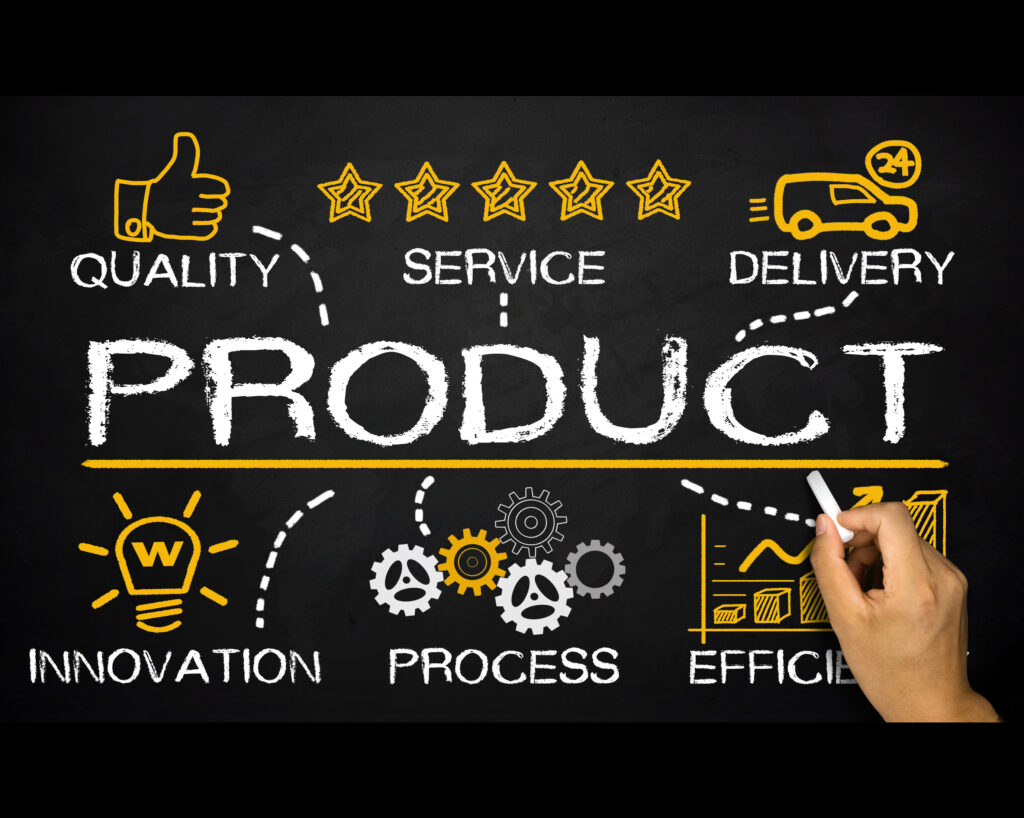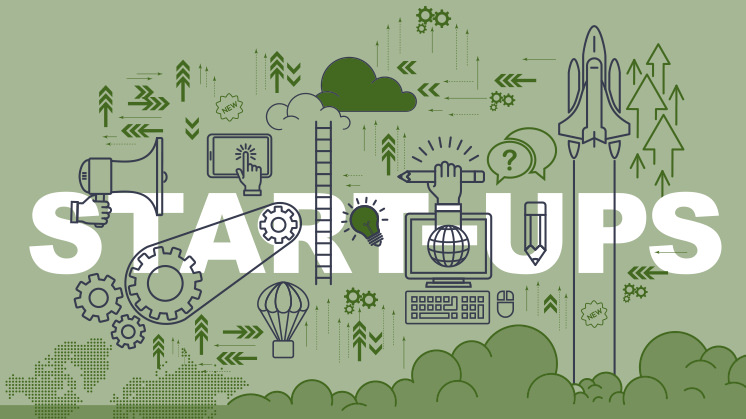
Key Considerations for Developing a Product or Solution When Launching a Startup
Key Considerations for Developing a Product or Solution When Launching a Startup https://theraise.eu/wp-content/uploads/2023/06/Product-Smaller-1024x818.jpg 1024 818 RAISE fosters startup growth and scale-up within and across Europe RAISE fosters startup growth and scale-up within and across Europe https://theraise.eu/wp-content/uploads/2023/06/Product-Smaller-1024x818.jpgEmbarking on a startup journey is an exhilarating experience that involves bringing a novel product or solution to the market. However, creating a successful product requires careful planning, research, and execution. In this article, we will explore the key considerations entrepreneurs should keep in mind when developing a product or solution for their startup.
- Identify a Problem Worth Solving
The first step in creating a product or solution is to identify a real problem that potential customers are facing. Successful startups often emerge by addressing unmet needs or pain points within a specific market. Conduct thorough market research, engage with your target audience, and seek their feedback to gain a deep understanding of their challenges. This will enable you to develop a product that provides a compelling solution.
- Define Your Value Proposition
Once you have identified the problem, it’s crucial to define your unique value proposition. What sets your product apart from existing solutions? Determine the core features and benefits that make your offering distinct and valuable to customers. Clearly articulating your value proposition will help differentiate your startup in a crowded market.
- Validate Your Idea
Before investing significant resources into product development, it’s important to validate your idea. Seek feedback from potential customers, industry experts, and mentors. Conduct surveys, interviews, and prototype testing to gauge market demand and gather insights for refinement. Validating your idea early on can save time, money, and effort down the road.
- Minimum Viable Product (MVP)
Building a full-featured product from scratch can be time-consuming and costly. Instead, focus on developing a Minimum Viable Product (MVP) – a version of your product that includes essential features and demonstrates its core value. Launching an MVP allows you to gather user feedback, test assumptions, and iterate quickly based on real-world usage. This iterative process helps you build a better product while minimizing risks and optimizing resource allocation.
- User-Centric Design
User experience (UX) plays a pivotal role in the success of your product. Design an intuitive and user-friendly interface that caters to the needs and preferences of your target audience. Invest in thorough usability testing to identify any pain points, optimize workflows, and enhance overall satisfaction. Prioritize simplicity, efficiency, and aesthetic appeal, as they can greatly influence user adoption and loyalty.
- Scalability and Future Growth
When developing your product or solution, it’s essential to consider scalability and future growth. Anticipate potential increases in user base, transaction volumes, or feature requirements. Ensure that your architecture, infrastructure, and technology choices can handle future growth without compromising performance or user experience. Scalability is key to sustaining your startup’s success and avoiding costly rework.
- Continuous Improvement and Innovation
The journey doesn’t end once your product is launched. Successful startups foster a culture of continuous improvement and innovation. Actively seek customer feedback, monitor usage patterns, and analyze data to identify areas for enhancement. Stay ahead of the competition by regularly releasing updates, adding new features, and addressing emerging customer needs. Embrace an iterative approach to product development that emphasizes learning and adaptation.
Conclusion
Developing a product or solution for your startup requires careful planning, validation, and execution. By identifying a genuine problem, defining your value proposition, validating your idea, building an MVP, focusing on user-centric design, considering scalability, and embracing continuous improvement, you can increase your chances of creating a successful product that resonates with your target audience. Remember, the process of building a product is an ongoing journey that requires adaptability, resilience, and a deep understanding of your customers.
- Posted In:
- Startup News




